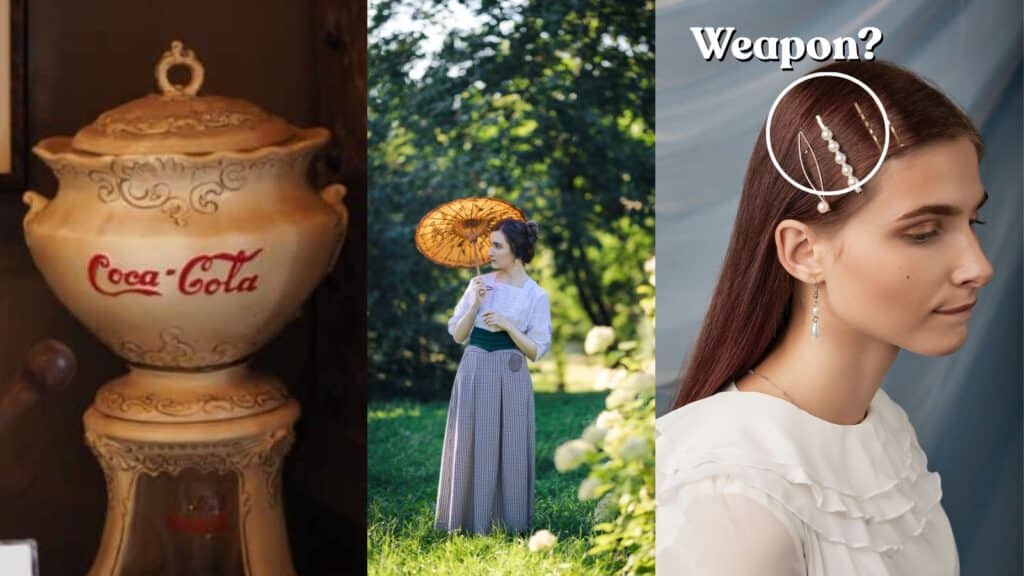What you use daily – from forks to lipsticks – had quite different purposes originally. We’re talking Coca-Cola as a nerve tonic and forks being seen as satanic. If you think contemporary life is strange, wait until you know what your shampoo’s ancient relative was for. Ready to be mildly shocked and thoroughly amused?
High Heels Were Made for… BUTCHERS?!
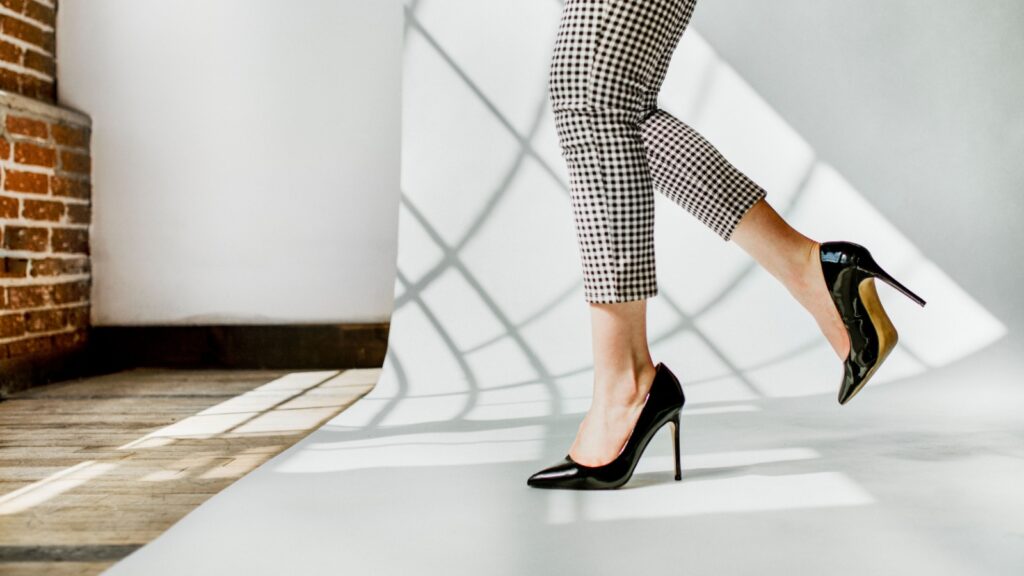
Think high heels were invented for fashionistas? No way. They were originally created to be worn by Persians to prevent butchers from getting their feet into the blood and guts. Then, Europeans appropriated the style to seem taller and stronger, because nothing shouts “alpha” like a blood-spatter-proof shoe.
Lipstick Was Once Used to Ward Off Evil Spirits
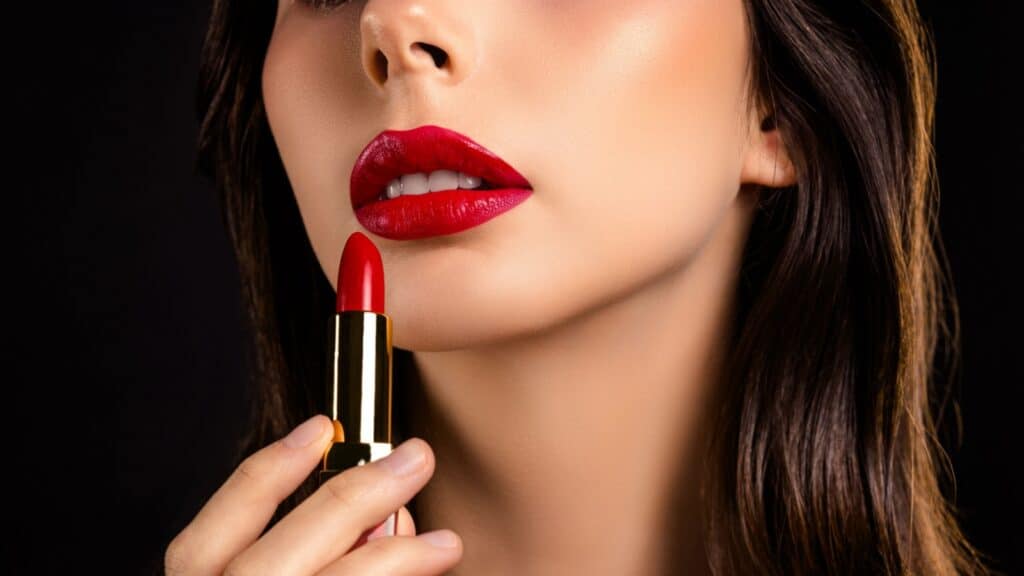
Before it was your must-have glamour staple, lipstick served a much darker purpose. Queen Elizabeth I famously rocked a bold red pout, thought to chase away evil spirits. Even further back, ancient Egyptians, yes, Cleopatra used crushed bugs on their lips (yes, beetles!) as a status symbol.
Bubble Wrap Was Supposed to Be Wallpaper

Yes – bubble wrap was first created as textured wallpaper. In 1957, two engineers attempted to produce an offbeat, contemporary wallcovering by laminating two shower curtains together with air bubbles. Nobody desired bubbly walls (shockingly, we know!), but ultimately discovered it was perfect for cushioning products.
Coca-Cola Was Originally Sold as a Nerve Tonic

The fizzy soda you have while you’re eating pizza. It was initially a medicinal remedy full of caffeine. Yes, Coca-Cola was marketed at pharmacies to “cure fatigue and calm nerves.” Picture relieving your nerves using actual cocaine. The ‘coca’ part within Coca-Cola wasn’t just a cute name, though. It was the primary ingredient. Wild.
Sunglasses Were Invented to Hide Emotion, Not the Sun

Beach waves, forget them. Ancient Chinese judges used Tinted quartz glasses indoors to conceal their expressions in court. No lie. They were not shielding from sunlight, they were playing poker faces while sentencing people to death. Picture your Ray-Bans as part of a courtroom drama.
Forks Were Once Satan’s Tools

In the old days, using a fork was sinful. Early Europeans believed forks bore a resemblance to the devil’s pitchfork and, thus, must be an abomination. Some perceived using was an insult to God. Why? Because God gave us our fingers to use for eating. Picture stabbing your spaghetti and being excommunicated.
Human Beings Were Employed as Alarm Clocks

Before snooze buttons, people literally employed human beings known as “knocker-uppers” to knock on windows using sticks or pea-shooters to wake factory workers. These human alarm clocks patrolled the streets at the break of dawn to rouse factory workers for pennies. That’s the OG hustle, for real.
Chairs Were a Sign of Power, Not Comfort
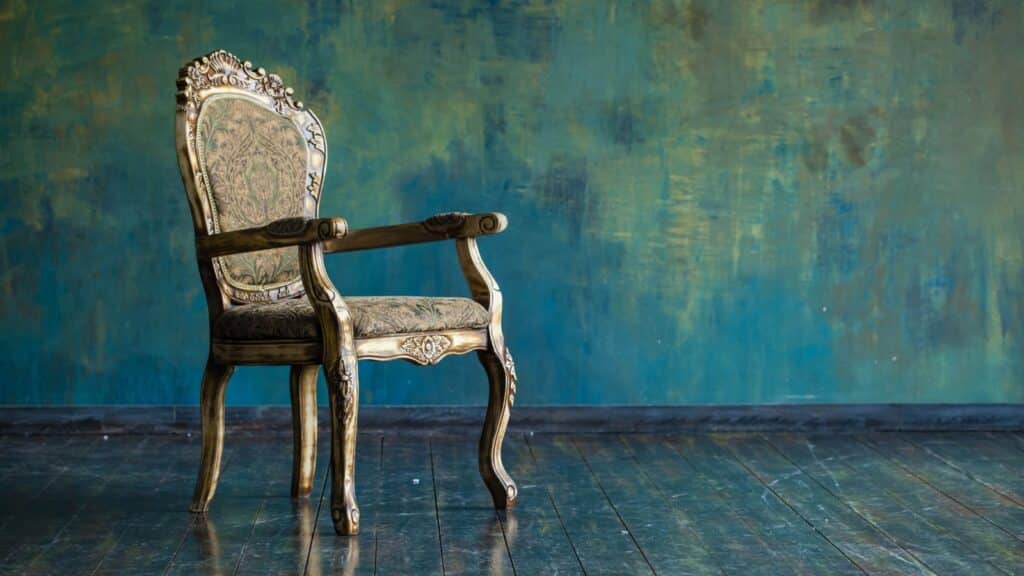
Average people sat on benches or the floor. Chairs, particularly those with backs and arms, belonged to kings, priests, and movers and shakers. Sitting on one was a status symbol. Your gaming chair? It would have been a royal throne 500 years ago. Treat it well.
Mirrors Were Feared as Portals
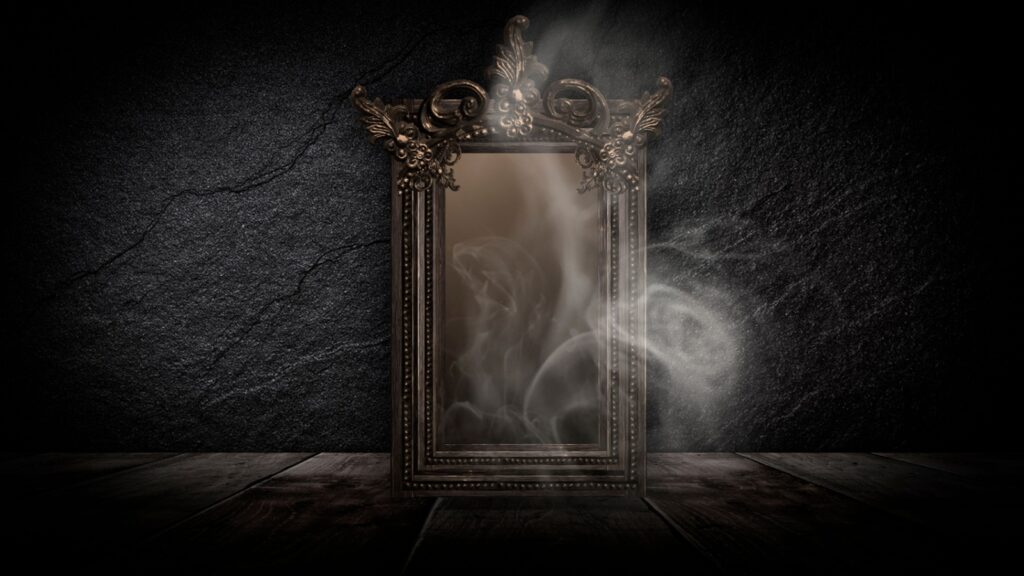
Mirrors, then, were believed to be portals to the spirit world. Breaking one was believed to trap your soul or release evil spirits. They even used to cover mirrors during storms and deaths so ghosts would not burst through. So, your bathroom decor? Completely haunted.
Backpacks Were Originally Made for Hunters

Before they carried laptops and snacks, backpacks used to be tough, functional carriers for bringing back animal carcasses. Their early forms used wooden frames and leather shoulder straps to assist game-bearers over long distances. They were cumbersome, stinky, and purely practical. No adorable zippers or side pockets for water bottles, only meat and misery.
Hairpins Were Used as Weapons
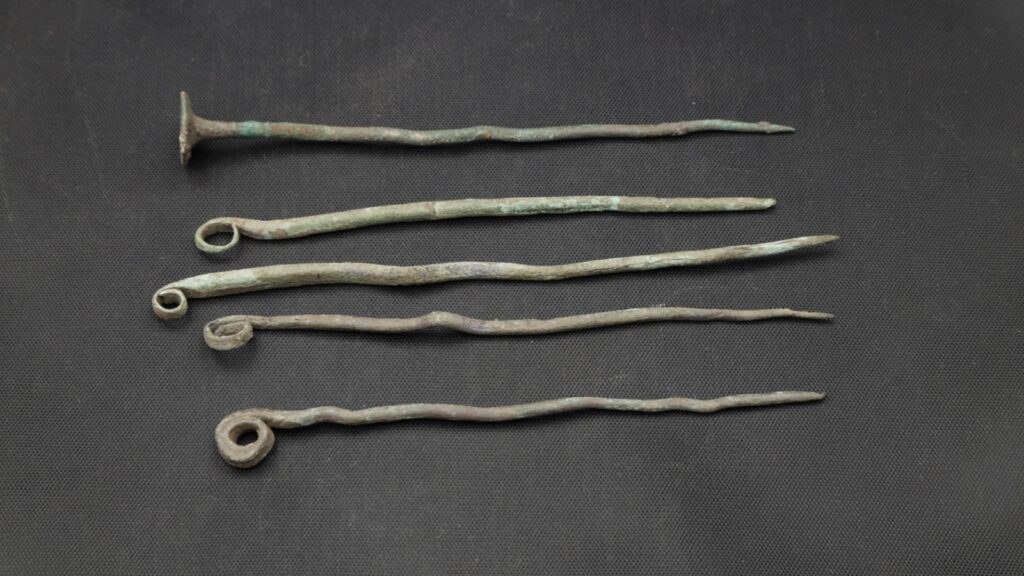
What’s keeping your bun together might have slit a throat. Women wore hairpins as self-defense weapons in ancient Rome and Japan. These weren’t flimsy bobby pins, but long, pointed, and sometimes poison-tipped.
Jeans Were Made for Gold Miners
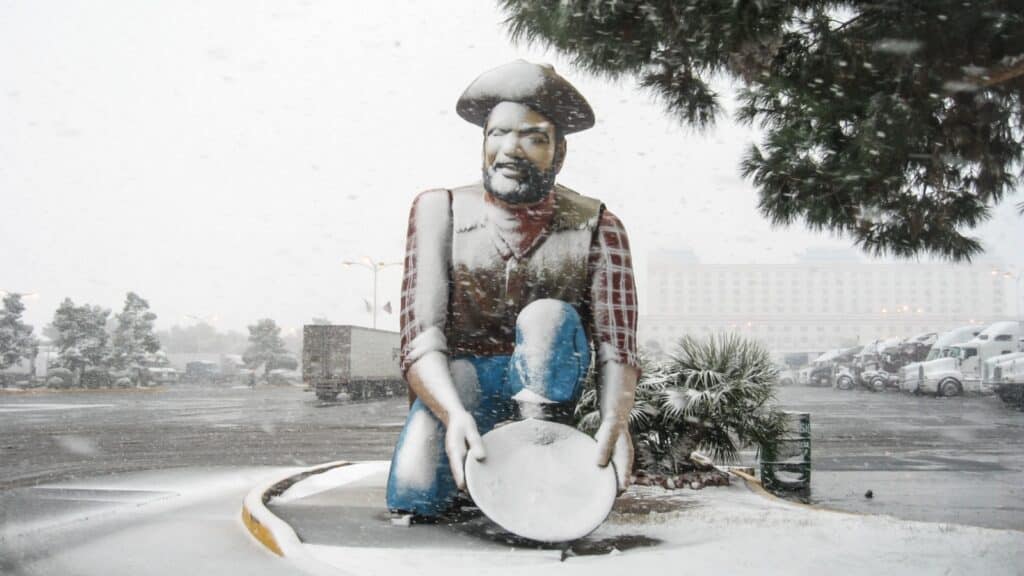
Denim jeans were not created for fashion models, they were work uniforms. They were manufactured by Levi Strauss during the 1870s for miners who continuously tore through trousers. Rivets and durable fabric reinforced jeans for survival against pickaxes and mine tunnels. We now wear them to brunch as if it’s nothing.
Buttons Were Created for Men to Show Off Wealth
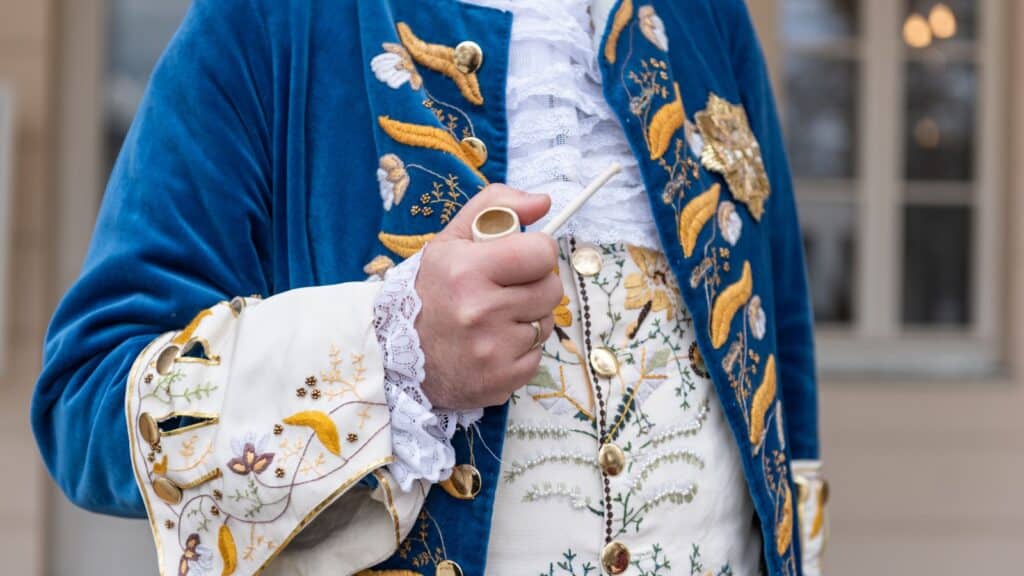
Buttons were never functional to start with. In medieval Europe, they served as status symbols. Wealthy men donned hundreds of buttons – none functioning, of course – simply to make it obvious that you had the means. If you had a fully buttoned-up outfit, you were basically the Elon Musk of 1350.
Umbrellas Were Designed for the Sun, Not Rain
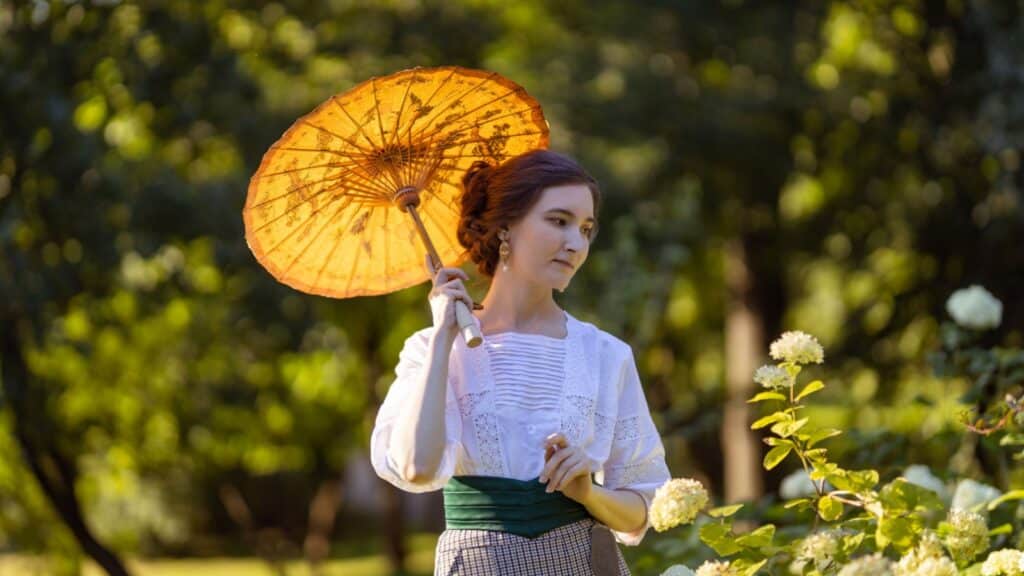
Umbrellas originally began as parasols during ancient Egypt and China, to shield the royal classes from sunburn and peasants’ gazes, but certainly not from rain. A tan would indicate your work was outdoors. Staying pale? That was royalty energy. Rain umbrellas, on the other hand, only became popular centuries later when a genius discovered waxed fabric wards off rain.
Shampoo Was Originally for Horses

The term “shampoo” itself is derived from the Hindi word chāmpo, which means to massage. However, the foamy version we use now originally was first applied to horses to get them shiny. People only later thought, “Hey, what if we apply this to our heads too?”
17 Everyday Items That Looked Totally Different in the ’60s

Televisions were furniture items, telephones had tails attached to them, and fridges were louder than your uncle during Thanksgiving dinner. You won’t believe what the ordinary things in the past looked like—and in all sincerity, some of them were straight-up iconic.
17 Everyday Items That Looked Totally Different in the ’60s
16 Everyday Myths That Are Completely False (But People Still Believe)

From food myths to strange health beliefs, here are 17 everyday myths that are just fiction. Yet people cling to them like they are written in stone, even though they are about as accurate as a flat Earth.
16 Everyday Myths That Are Completely False (But People Still Believe)

